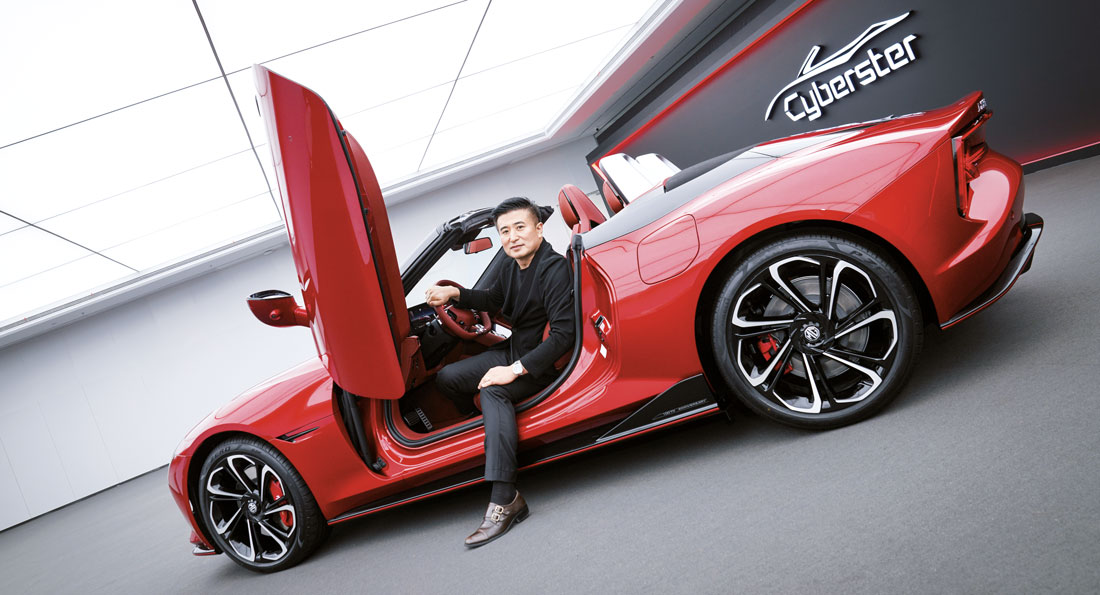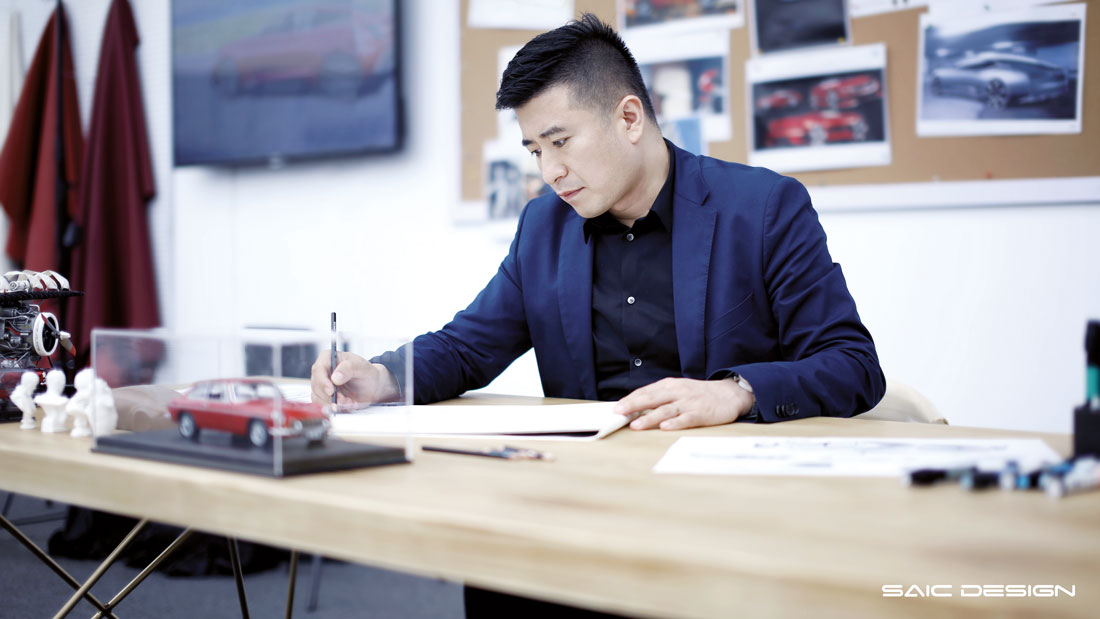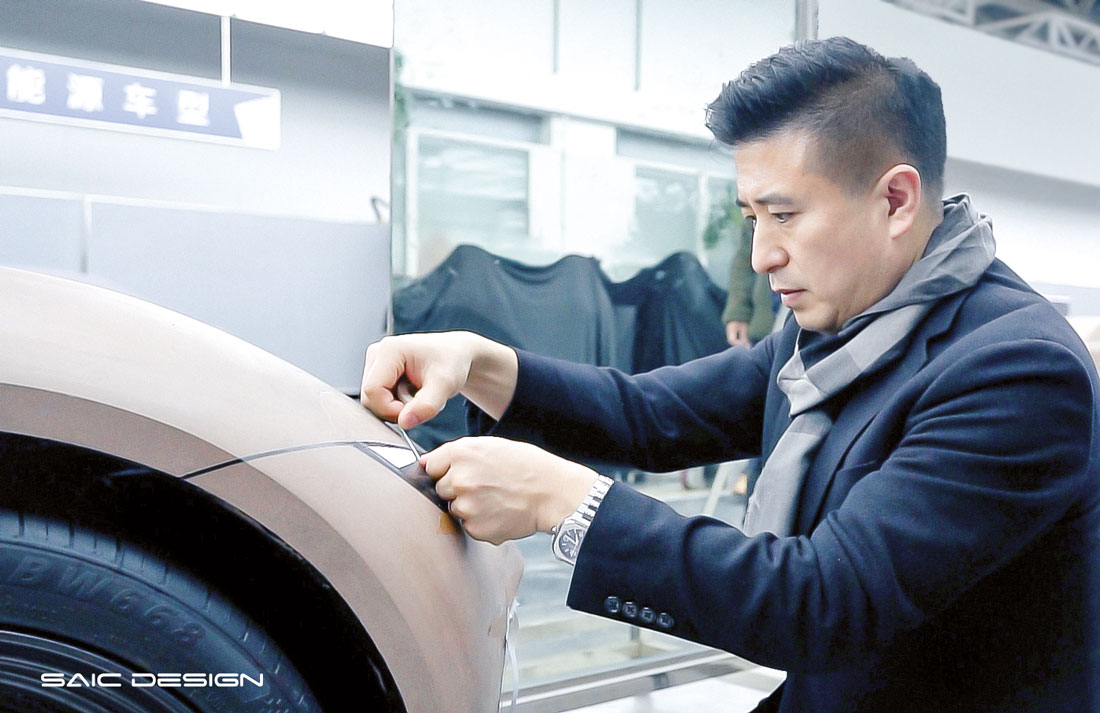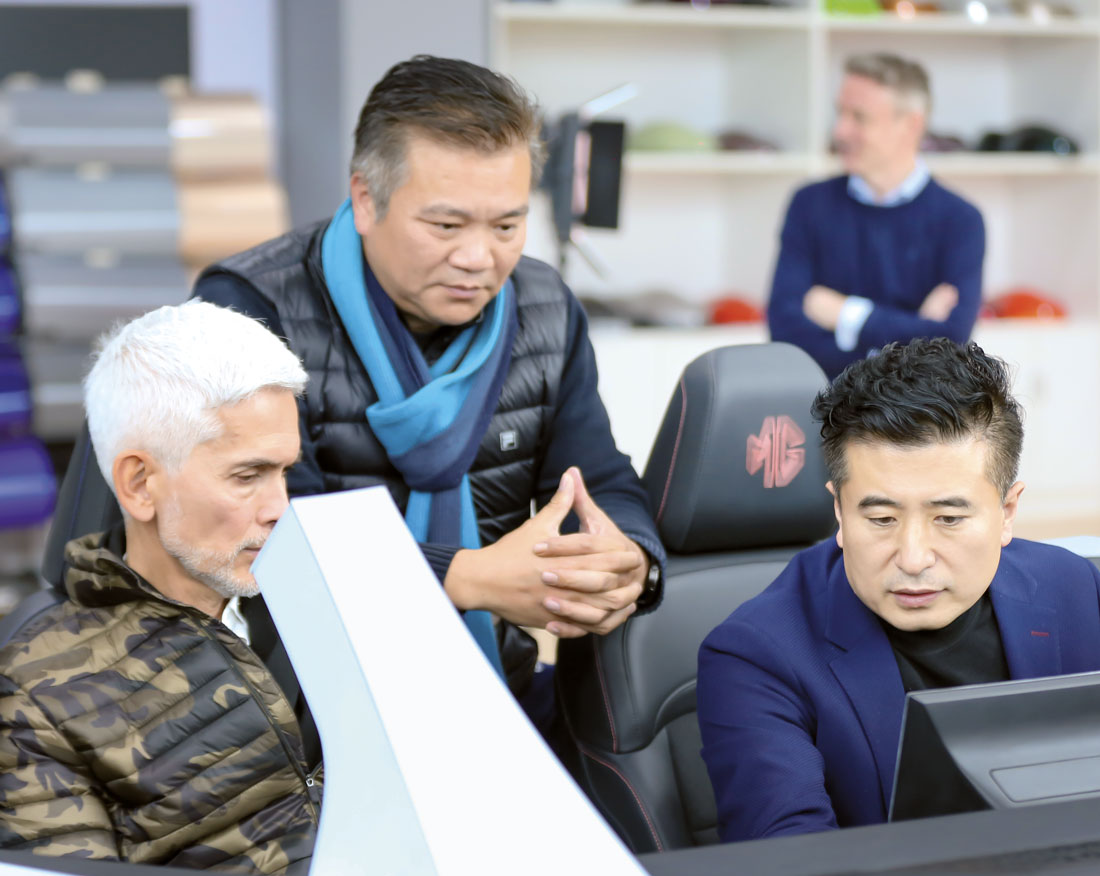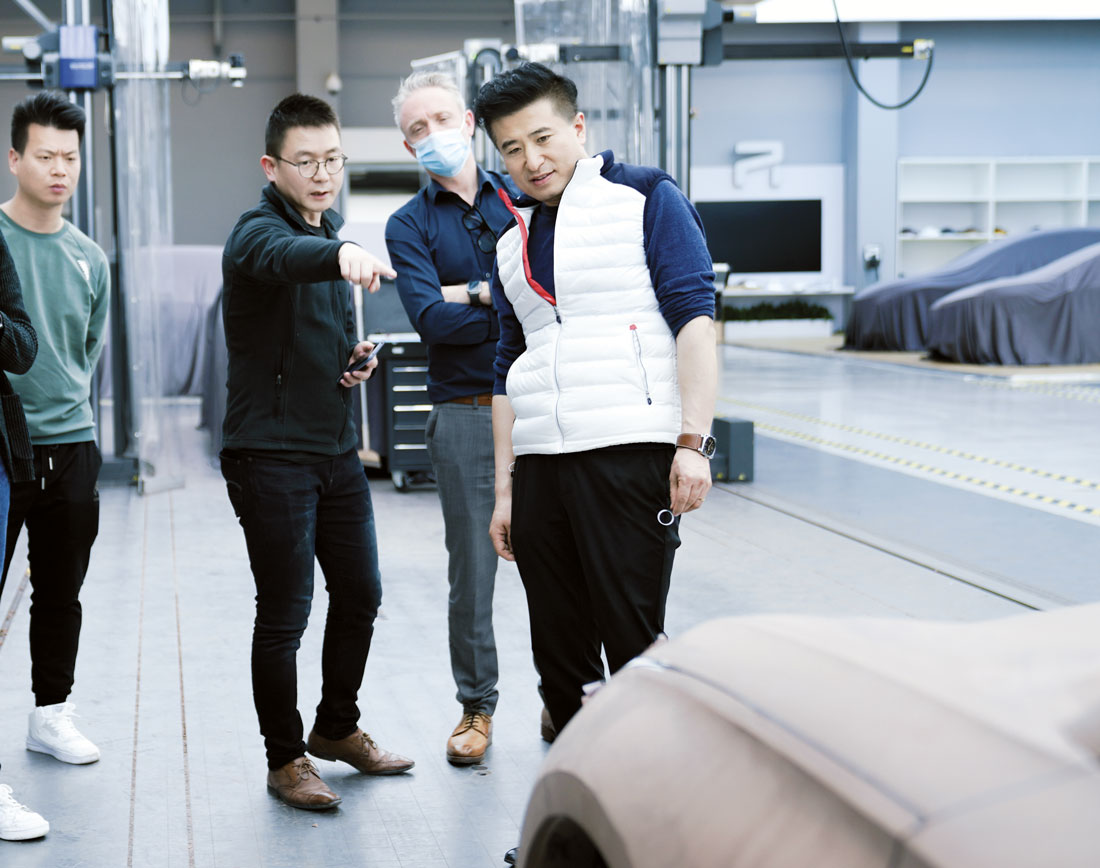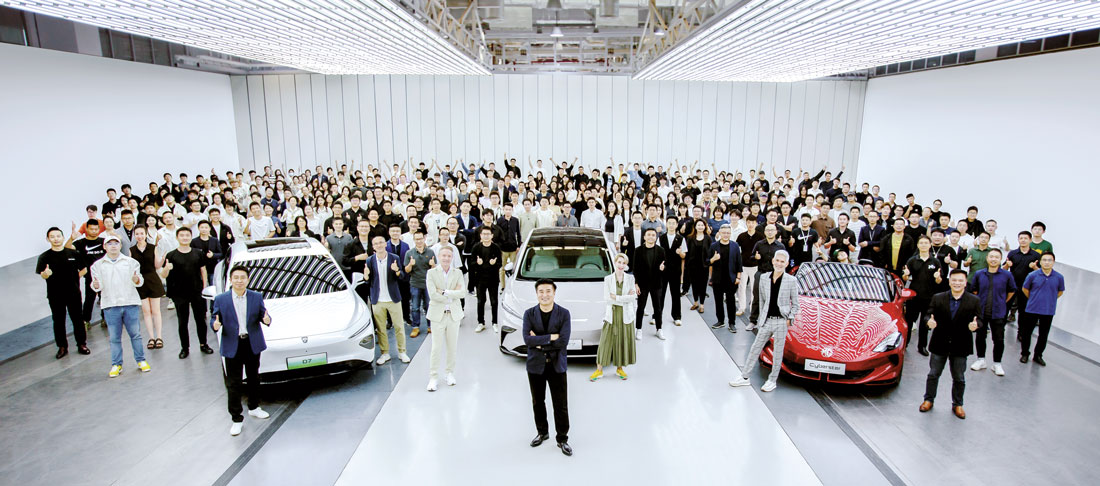The spread of Chinese brands in Europe has gone hand in hand with the efforts of style centres to create innovative shapes and conquer new markets. Companies like the SAIC Group and its MG have given new life to Europe’s historical brands, retrieving styling cues from the past and revisiting them for the future with some commercial success. We talked about this with Shao Jinfeng, Design President of SAIC Research and Development Innovation Headquarters.
What are the fundamental principles of your design philosophy?
“Our design is user-centred: in this age of smart electric vehicles, it is even more crucial to prioritise people. We want to make beautiful cars that attract customers and drive commercial success. Another key point concerns the values of our products and their quality. We encourage our designers to unleash their creativity, think actively and draw their inspiration from cultural, artistic and humanistic perspectives. By combining Chinese culture with automotive design we aim to cultivate a uniquely modern aesthetic”.
MG is having great success in Europe. How did you manage to revive this historic British brand?
“MG Automotive was founded in 1924 and is about to celebrate its 100th anniversary. To mark its resurgence we set up a design centre in London, with a British design chief. We also listen carefully to the opinions of our British designers and colleagues when developing new models. What’s more, the era of electrification has significantly enhanced the value of this brand: the MG4 electric saloon, for example, has racked up impressive sales and enjoys a good reputation”.
The MG range is growing. Why did you decide to come out with a sports car too (the Cyberster)?
“The idea of offering electric sports cars under the MG brand name was born in 2017. The design phase of the Cyberster was carried out at the Advanced Design Centre in London, UK, and the team took full advantage of its geographical location by immersing itself in major fashion trends, combining modern art, cutting-edge technology and classical culture. All this contributed to the Cyberster concept car that has just been showcased (at the Shanghai Motor Show 2021, ed.) to much acclaim”.
Speaking of global projects, are there still any stylistic differences between Asian and European cars?
“Europe was the cradle of the car industry and its historical legacy is boundless. We hope to continue to soak up the values of European cars and I firmly believe that European users are particularly discerning when it comes to the attributes, speed and historical continuity of automotive transport. This heightened attention is a result of the multiple brands that have established a distinctive cultural heritage: I am talking for example about Volkswagen in Germany or brands like Land Rover and Jaguar in the UK or Italian supercars like Ferrari and Lamborghini. Chinese cars came later and have not yet established a historical pedigree aesthetics-wise. Asian cars are more youthful and more technological and the brands are more willing to adopt contemporary designs that are in step with the times”.
Where did your passion for car design come from? What are your hobbies and sources of inspiration?
“I studied Industrial Design at the School of Automotive Engineering at Jilin University. As soon as I graduated in 1999, I joined the SAIC Volkswagen styling design centre. I played a part in the development of the Volkswagen Lavida, which is the best-selling saloon in China, with annual deliveries of more than 500,000. In 2011, I joined the SAIC Group’s independent brand design team. I like art, painting and watching science fiction films. I am interested in the interplay that often arises between technology and art. In automotive design, many of my inspirations have come from art and emerging trends, including from China, a country where the economy is flourishing and technological progress is rapid”.
How many design centres do you have in the world? How do they work with each other?
“The SAIC Design Centre has a global structure and is based in Shanghai with over 300 people involved in design and development. Then there is the London Advanced Design Centre in the UK and a Advanced Design Studio in Tokyo. The UK team explores the styling themes of the future while the Tokyo Advanced Design Studio in Japan focuses on interior design. The three teams collaborate actively, facilitating frequent cultural exchanges among the centres”.

